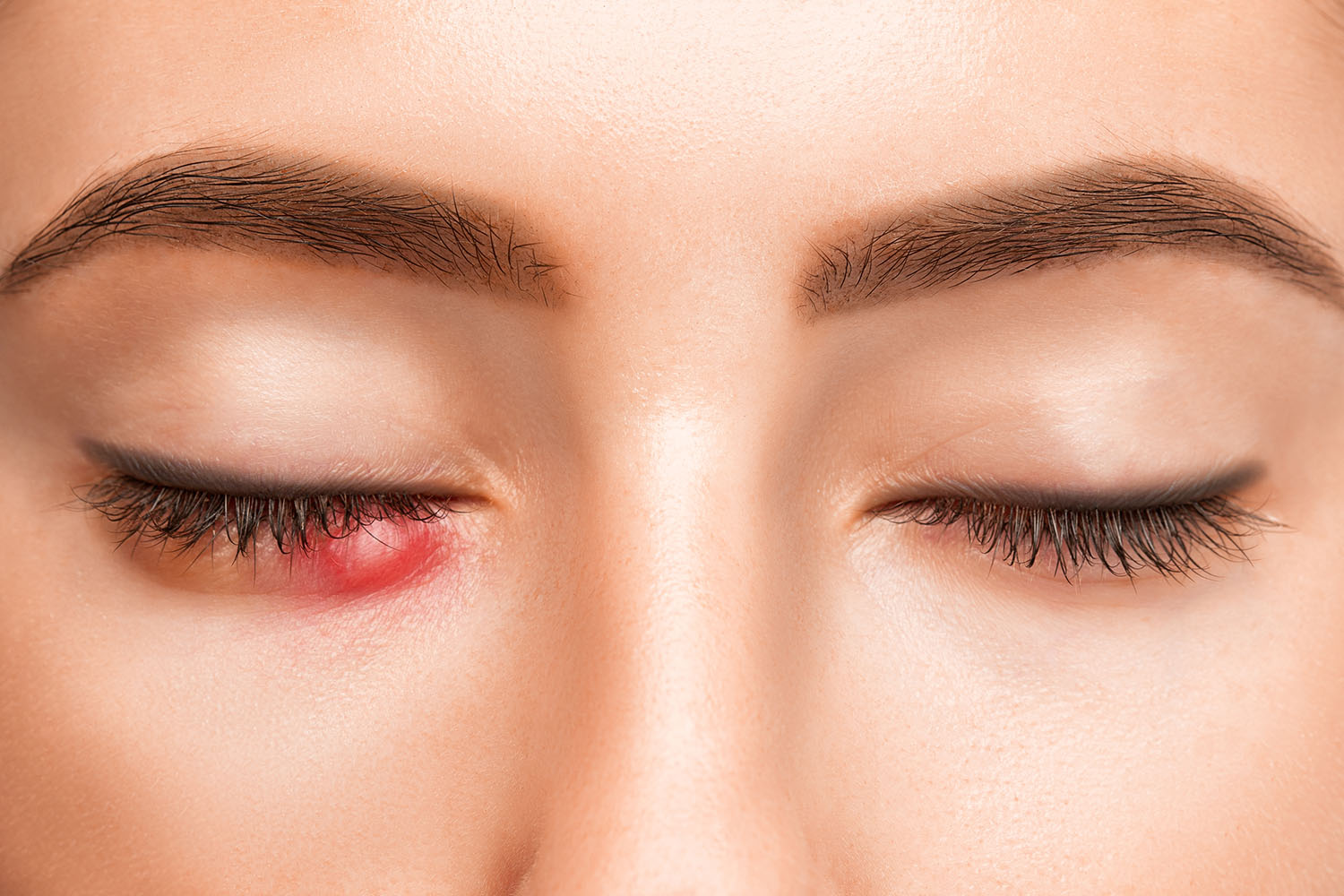Overview
Conjunctivitis, commonly known as pink eye, is a widespread and highly contagious eye infection that affects millions worldwide. This condition can be caused by viruses, bacteria, allergens, or irritants, leading to inflammation of the conjunctiva—the thin, transparent layer covering the white part of the eye and the inner surface of the eyelids. Understanding how to prevent conjunctivitis is essential for maintaining eye health and preventing the spread of this uncomfortable ailment.
Understanding Conjunctivitis
Before delving into conjunctivitis prevention, it’s important to understand the different types of conjunctivitis:
- Viral Conjunctivitis: Often caused by adenoviruses, this type is highly contagious and usually spreads through direct or indirect contact with an infected person’s eye secretions.
- Bacterial Conjunctivitis: This form is also highly contagious and is typically caused by bacteria like Staphylococcus aureus or Streptococcus pneumoniae. It can spread through contact with infected individuals or contaminated surfaces.
- Allergic Conjunctivitis: Triggered by allergens such as pollen, dust mites, or pet dander, this type is not contagious but can cause significant discomfort.
- Irritant Conjunctivitis: Resulting from exposure to irritants like smoke, chlorine in swimming pools, or foreign objects in the eye, this type is also non-contagious.
Conjunctivitis Prevention Strategies
1. Practice Good Hygiene
Maintaining good hygiene is crucial for conjunctivitis prevention, especially for the viral and bacterial types. Here are some tips:
- Wash Hands Regularly: Frequent handwashing with soap and water helps remove germs and prevent the spread of infections.
- Avoid Touching Your Eyes: Touching your eyes with unwashed hands can introduce bacteria or viruses, increasing the risk of infection.
- Use Clean Towels and Linens: Avoid sharing towels, washcloths, or pillowcases with others, as these can harbor infectious agents.
2. Avoid Close Contact
Since viral and bacterial conjunctivitis are highly contagious, it’s essential to:
- Limit Close Contact: Avoid close contact with individuals who have conjunctivitis. If you or someone in your household is infected, minimize physical interactions.
- Stay Home: If you have conjunctivitis, stay home from work, school, or other communal activities until the infection clears up to prevent spreading it to others.
3. Maintain Clean Environments
Keeping your surroundings clean is another effective conjunctivitis prevention measure:
- Disinfect Surfaces: Regularly clean and disinfect commonly touched surfaces, such as doorknobs, light switches, and shared electronic devices.
- Handle Contact Lenses with Care: If you wear contact lenses, ensure they are properly cleaned and stored, and avoid wearing them while experiencing symptoms of conjunctivitis.
4. Protect Against Allergens
For those prone to allergic conjunctivitis, taking steps to minimize exposure to allergens can help prevent flare-ups:
- Use Air Purifiers: Air purifiers can help reduce indoor allergens, such as pollen and dust mites.
- Keep Windows Closed: During high pollen seasons, keep windows closed to prevent allergens from entering your home.
- Wash Bedding Regularly: Regularly wash bedding and vacuum carpets to reduce allergens in your living space.
Insights from International Research
Research from around the world highlights the importance of conjunctivitis prevention strategies. A study published in the Journal of Ophthalmology emphasizes the role of hand hygiene in reducing the incidence of conjunctivitis, especially in crowded settings like schools and daycare centers. The study found that implementing regular handwashing routines significantly lowered infection rates among children.
Additionally, a report from the World Health Organization (WHO) underscores the importance of public health campaigns in raising awareness about conjunctivitis prevention. These campaigns, which focus on educating communities about hygiene practices and the importance of early treatment, have been successful in reducing the spread of conjunctivitis in several countries.
Preventing conjunctivitis requires a combination of good hygiene, environmental cleanliness, and awareness of potential allergens and irritants. By following these conjunctivitis prevention strategies, individuals can protect themselves and others from this common eye infection. Staying informed through international research and public health guidelines further reinforces the effectiveness of these preventive measures, helping to maintain overall eye health and reduce the incidence of conjunctivitis globally.



